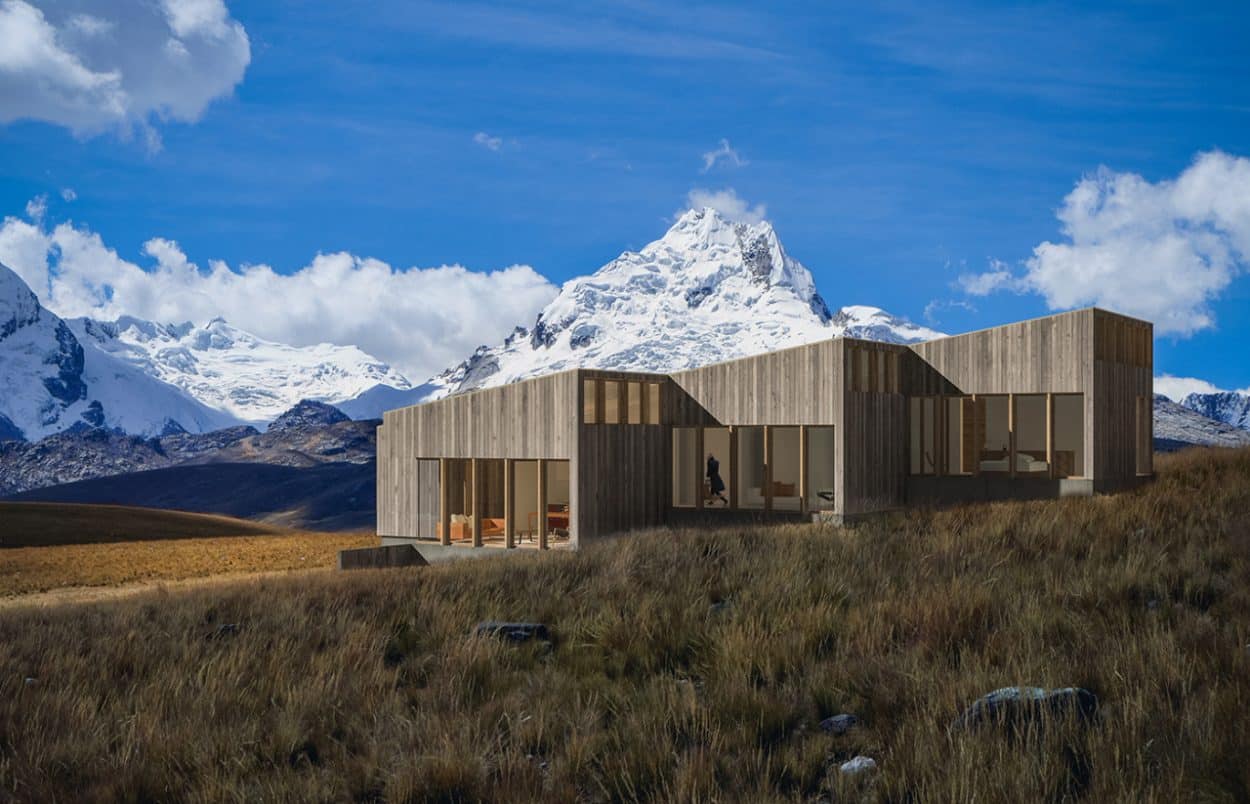In the wake of the 2008 U.S. housing crisis and Great Recession, people had to rely on resources other than money, and the movement of autonomous and collaborative initiatives was born.
In a 2013 Ted Talk, Wikihouses founder Alastair Parvin asks, “Who are the people that make cities?” Around the same time, resourceful citizens began DIYing unique projects such as Jono Williams’ Skysphere, entirely self-crafted and solar-powered, and Kodasema’s movable concrete house Koda.
Architects across the globe are taking the future of shelter into their own hands by creating public initiatives such as MASS design group’s ongoing educational project harmonizes local citizens with the construction of their own community, acquiring the tools and knowledge necessary to be autonomous. Collective thinking is expanding. Today, we are shifting from an architecture of buildings to the architecture of people.
Power in Numbers
Ideas are being shared and plans are made collaboratively by people of all positions, not only architects. Comparable to an open-table discussion, participation is possible online, in a global network known as Open Source Architecture (OSArc). Blueprints can be downloaded from numerous sharing sites, and interactive design software is becoming the tool of choice.
Similar to MASS’s prevision of a community-integrated future, Alejandro Aravena instigated the incremental public-housing project in Chile, providing a basic foundation for dwellers to take over and continue construction. This year the architect won a Pritzker Prize for the project’s resourcefulness that allows independence and skill-building as well as class stability. Yet Aravena, founder of the firm Elemental, thought the effort could expand, so he open-sourced four of the half-house designs online for global use.
Joana Pacheco opposed the two extremes in architecture, where state-of-the-art design is an option for an entitled few and accessible design plans remain plain. So she founded Paperhouses, where users can download world-class architectural plans created by skilled architects—the first of its kind. Access to plans like the Bolt House designed by Panorama reminds us that design isn’t a luxury (see featured image). It’s for everyone.
Still thinking about the individual’s needs, the Open Building Institute leaves the final result up to its users by providing open-source designs of Structural Modules. Various modules offer precise information for all elements of the home—walls, roofs, doors—and incorporate plans for appliances and utilities, furniture and even building materials so that one can imagine a space from the inside out. Its library of modules is employable through the Sweet Home 3D interior design software that can be downloaded on their site.
How to OSA: The Tools
Specific design projects demand specific tools, which is why the new generation of visual programming software is end-user development (EUD). This welcomes customization and automation according to specific architectural needs.
For all levels, Grasshopper, used when integrated into Rhinoceros 3D, offers debutants a worry-free start with parametric design, as no programming knowledge is required. By dragging components onto a canvas, forms can be built through its generative algorithms.
FreeCAD reaches broad possibilities as a parametric software that’s not only simple for hobbyists and commercial CAD users but is multi-platform adaptable. Windows, Mac and Linux friendly, it also can be worked with many open file formats such as STEP, IGES, STL, SVG, DXF, OBJ, IFC, DAE.
Although at first glance Blender may seem like software more fit for 3-D animation, it’s extremely flexible and the popularity is rising along architects. By chance, a new version was very recently released, including more architecturally inclined add-ins such as Archimesh, which offers options for creating walls, windows and other elements. In an exchange between Ton Roosendal, chairman of the Blender foundation, and ArchiExpo e-Magazine, Roosendal called attention to the fact that DIY doesn’t always need to be non-profit.
“Blender is a tool that can be used commercially, for profit, by professionals and hobbyists alike. We have a strong following in the ‘makers’ culture, but also these users prefer to have great quality tools.”
What’s next for Open Source Design?
The main missing piece now is training, according to Catarina Mota, co-founder and executive director of the Open Building Institute.
“For centuries, people built their own houses, but with the advent of industrial society most of us lost that know-how.”
Mota believes that people need to regain that knowledge and go back to “thinking of houses as homes, as something communities can achieve together for everyone’s benefit, rather than assets generated by developers for the benefit of the market. Open-sourcing house-building know-how makes it easier and creates communities of support. It can make a huge difference.”
While the technology is available, cultural resistance to the DIY movement in architecture remains the biggest hurdle.
“We’ve been told to keep our work secret, that we must leave everything to the professionals—that the ideas of open source and DIY now appear too jarring.”
“What we need now is for professionals from the building industry to keep an open mind, to take a little leap of faith and give openness and collaboration a try (as several are already doing). Change—any kind of change—is hard but we believe this can really make a difference.”
Those at Open Building Institute feel that this movement is headed towards a world where “everyone has access to debt-free sustainable housing and, in that way, to a better, more fulfilling life.”














